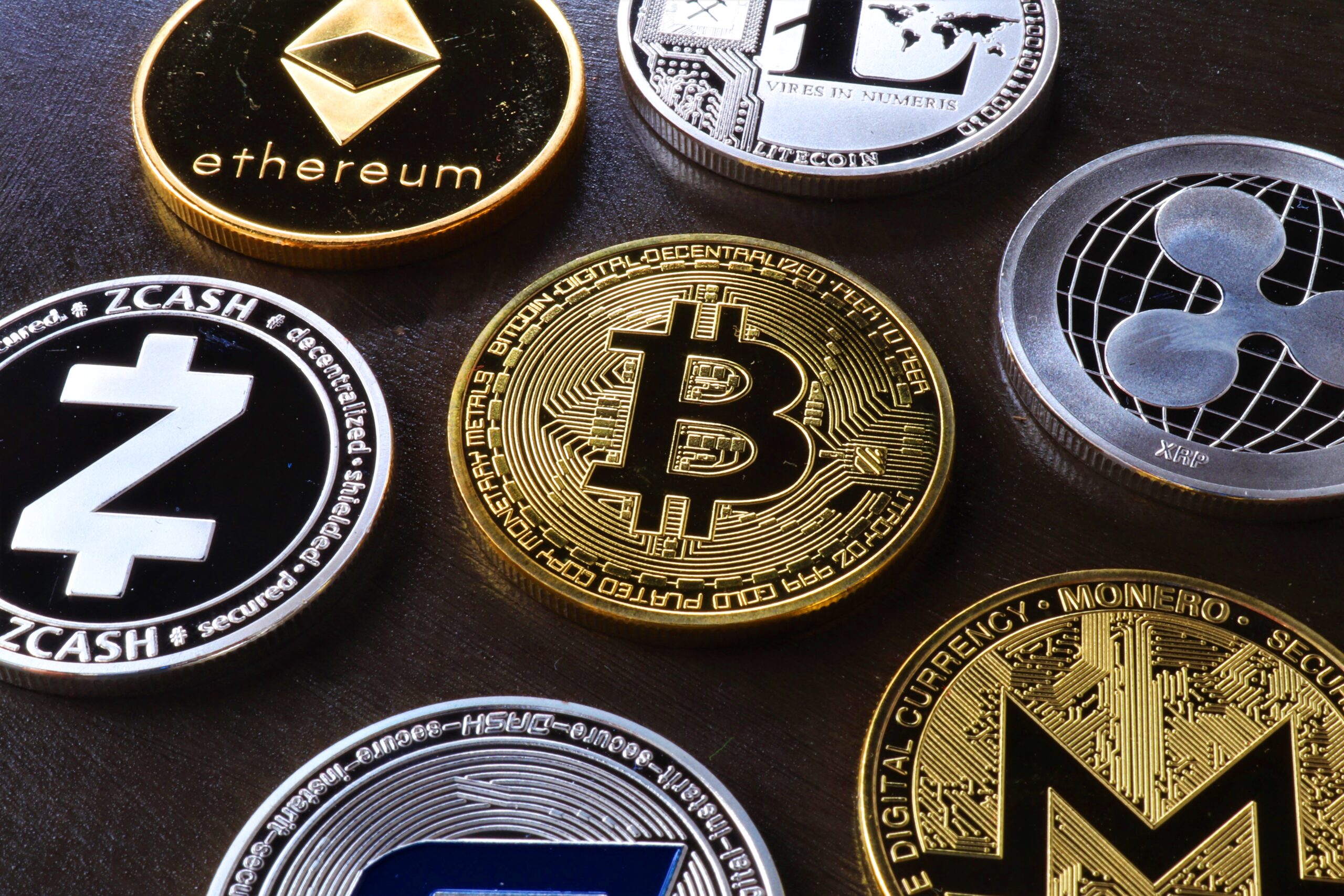What are Stablecoins and Why are They Used in Cryptocurrency Trading?
The experts highlighted why the blockchain requires digital coins that are linked to real-world assets, as well as how they differ from "regular" cryptocurrencies.Market participants are actively investing in stablecoins, which are mostly backed by the US dollar, as a result of the...

The experts highlighted why the blockchain requires digital coins that are linked to real-world assets, as well as how they differ from “regular” cryptocurrencies.
Market participants are actively investing in stablecoins, which are mostly backed by the US dollar, as a result of the volatility in the value of cryptocurrencies.
Stablecoins Trends
As a result, investors have been aggressively selling their crypto assets since November 2021. This was due to a drop in their value, particularly in the case of the most prominent cryptocurrency, Bitcoin. After reaching a high of nearly $70,000 in November, its value dropped below $40,000 on January 10.
A similar pattern can be seen in the second most popular cryptocurrency, Ether, which set price records in November as well. The market value of cryptocurrencies like Binance Coin, Solana, Cardano, and Polkadot has dropped by 36 percent or more compared to November records.
However, the decline in the value of the cryptocurrency market has resulted in a more active growth of the stablecoin market.
Stablecoins are digital currencies that are backed by a “real” asset, most commonly the US dollar. As a result, it combines fiat currencies’ speed and privacy with the stability of a reserve currency.
Tether (USDT), for example, has a market cap of $78.5 billion, just $3 billion higher than Ether, the world’s second-largest cryptocurrency behind Bitcoin.
Nearby, USD Coin (USDC) has surpassed Solana in terms of market valuation, taking fifth place with a $44 billion market cap.
According to Hayden Hughes, CEO of the social media site for cryptocurrency traders Alpha Impact, one of the reasons for this interest in stablecoins is that they give investors with the possibility to earn big profits.
Market participants, according to him, borrow stablecoins and use them as leverage to bet on other assets. As a result, they might earn anywhere from 10% to 19% on fully secured loans. This is more appealing to many participants during times of market volatility than purchasing a fiat cryptocurrency.
How do Stablecoins Work?
Stablecoins use the same operating principles as fiat currencies. They are used to exchange them for another asset, as a trading pair, for the purchase of goods and services, for transactions, and more. The protection of value while calculating profit and loss from cryptocurrency investments is one of the major roles.
A stablecoin’s price is tied to a traditional asset at a 1:1 ratio and remains constant as long as the coin is traded. Stablecoins’ value is entirely dependent on the state of the asset they are linked to.
The USDT stablecoin, for example, is tied to the US dollar and is required to be backed 1:1. Cash and cash equivalents, as well as other short-term deposits and commercial paper, were announced in the official report for August 2021, under the guarantor of the Tether (USDT) issue:
- Cash and bank deposits (approximately $6.2 billion); Reverse Repo Notes4 ($1 billion);
- Treasury bills ($15.28 billion);
- Secured loans ($2.51 billion);
- Corporate bonds, funds, and precious metals ($4.83 billion);
- Other assets (including digital tokens) ($2 billion).
Tether’s total collateral included not only the collateral put just for bank audit in the full amount of capitalization, but also a complex of investments totaling $ 62 billion, with some excess of the stablecoin capitalization at the time of the audit.
Additional instances include: The DGX stablecoin is fully backed by gold, which is kept in Canadian and Singaporean banks. The price of the stablecoin increases as its value rises.
There are several sorts of stablecoins on the market right now, depending on the collateral.
Types of Stablecoins
Fiat-backed coins are 1:1 denominated in fiat currency. The issuer holds a specific amount in reserve currency and then issues a number of tokens in proportion to that amount. Simultaneously, the counterparty may not be aware of the issuer’s reserve money.
As a result, before purchasing a fiat-backed stablecoin, it is critical to review the audit results, if any exist. BUSD, which is tethered to the US dollar, is an example of a fiat-backed stablecoin.
Stablecoins backed by crypto are also available. They are now given by cryptocurrency rather than fiat money. The user of such a stablecoin entrusts the cryptocurrency to a smart contract. The smart contract sends the desired cash in the needed quantity.
Stablecoins that are backed by a valuable resource or raw commodity, such as gold, silver, or oil, are a sort of stable currency.
Stablecoins that are algorithmic are also available. They aren’t linked to fiat money or cryptocurrencies in any way. A smart contract, or algorithm, provides the binding. They are also the ones who distribute the token.
The algorithm automatically reduces the supply of the token if the value of the token falls below the price of the tracked fiat. If the price of the token suddenly exceeds the price of fiat, new coins are created, lowering the stablecoin’s price.
